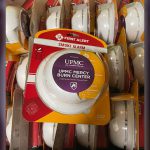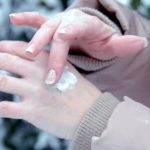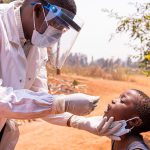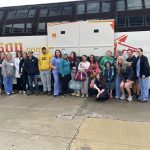As seasons change, so do the safety hazards. Now that winter has arrived, it’s important to be prepared for challenging weather conditions and sub-zero temperatures, whether at home or on the road.
Every year, more than 2,500 people die and nearly 13,000 are injured in home fires, yet many people aren’t aware of the potential fire hazards that exist in their own homes.
“Accidental burns are a leading cause of household injuries,” said Michelle Fontana, manager of Trauma and Burn Services at UPMC Mercy. The kitchen stove, a burning candle or festive holiday lights are among the common household items that can turn dangerous very quickly.
When it comes to outdoor activities, sledding mishaps account for about 55,000 emergency department visits each year, according to the U.S. Consumer Product Safety Commission. More than 8,200 of these visits are for head injuries.
The UPMC Mercy Trauma and Burn Centers and the American Trauma Society, PA Division offer these tips to keep families safe this winter.

Handling hot food
- Use oven mitts when handling hot items.
- Always have a plan for where to place a hot item to avoid extended contact with it.
- Test the temperature of liquids before serving.
- If a grease fire occurs, turn off the heat source. If it’s contained to a pan or pot, cover it with a lid or cookie sheet. Don’t attempt to move the pan to the sink or outside.
- Never attempt to extinguish a grease fire with water. If the grease fire isn’t contained to a pot, a chemical fire extinguisher can be used. If unable to safely extinguish the fire, evacuate and call 911.
Staying safe and warm
- Install smoke alarms on every level of a home, including the basement, and test them monthly to be sure they are working properly.
- Give space heaters space. Keep anything that can burn, like clothing, furniture or bedding, at least 3 feet from any heat source.
- Avoid using electrical space heaters in bathrooms or other areas where they may come in contact with water.
- Never use the oven or stovetop to heat a home.
- Have furnaces, heating equipment and chimneys cleaned and inspected every year by a qualified professional.
Dressing for the weather
- Dress appropriately. Wear layers of clothing so that can be added or removed a layer or two to match changing weather conditions. A windproof/waterproof outer layer is especially important, as are warm gloves/mittens, boots and a helmet, if sledding or snowboarding.
- Be sure to take a friend or have an adult present if there are children participating.
- Know a person’s abilities, as well as the capabilities of the equipment they’re operating, and don’t go beyond them.
- Never stand when going downhill.
- Be sure there are straps on the sled to hold on to; these will help maneuver around objects and other sledders.
- Check for hazards such as trees, tree stumps, rocks or other objects under the snow, and watch out for other sledders.
- Don’t sled where there are roads, railways or water.
Traveling
Check the local radio, TV and newspaper forecasts before you leave to get the most up-to-date information on weather and road conditions.
- Have motor vehicle serviced regularly to ensure better gas mileage, quicker starts, faster response on pick-up and passing, and to prevent major problems. Keep a near-full fuel tank in case of slow-moving traffic.
- Be prepared to drive slower and focus your attention on the road conditions.
- Remember to drive defensively and to not give in to aggressive driving behaviors, such as speeding and tailgating.









